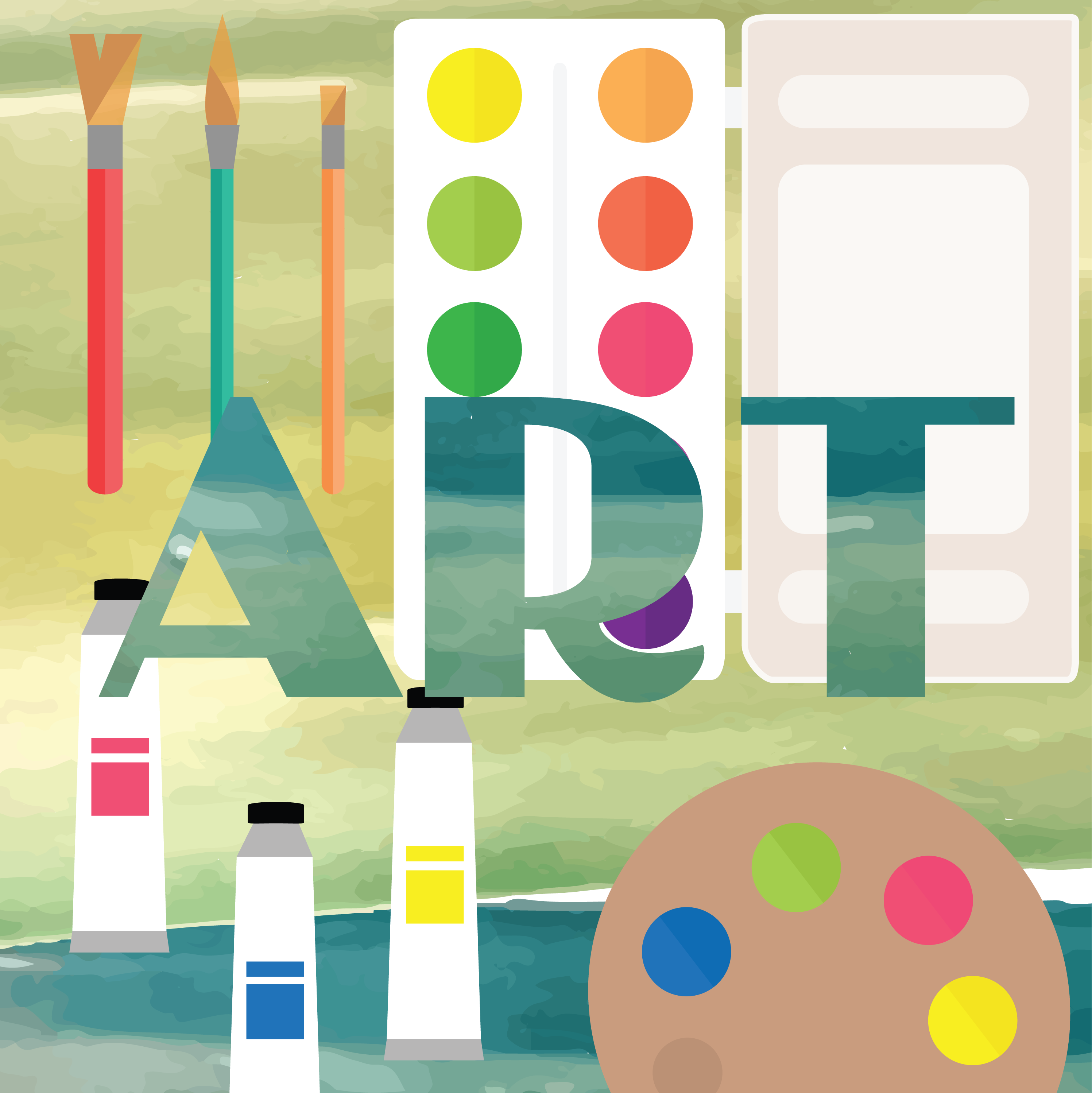By Judy Nelson
Art is generally connected to creativity and original work. The ability to design something that has not been seen before is the driving force behind most artistic minds. Unfortunately, some people choose to take advantage of the creativity of others rather than come up with their own content.
To make matters worse, these people also fail to give credit where it’s due, instead trying to pass these reproductions off as their own. Plagiarism has become a growing problem in the pop art world, with many emerging artists having their work stolen by others looking to make a quick buck. Some of the more scandalous incidents that have happened in this genre include:
Andy Warhol vs. Patricia Caulfield
Andy Warhol is considered one of the founding fathers of pop art culture. His works offered new forms of expression that connected art with the advertisement industry and celebrity culture. Because of his prominent position in the industry, the discovery of his plagiarism came as a shock to the world.
In 1964, the artist released a new series known as “Flowers,” which took the industry by storm. The work consisted of a beautiful floral design printed on various silkscreens. It was soon discovered, however, that instead of creating an original portrait of flowers,
Warhol had used a photograph by artist Patricia Caulfield –which had been published in a 1964 issue of Modern Photography. This shortcut led to Warhol’s first lawsuit, as Patricia lodged an official complaint in 1966. Any such situation leads to disgrace and as a student, you are also recommended professional plagiarism checker for students in the UK. It ensures 100% unique work and this instills confidence in you that you are writing plagiarism-free and then submit the academic work.
Zara vs. Tuesday Bassen
In 2016, Zara, a prominent fast-fashion retail brand from Spain, clashed with Los Angeles based independent artist Tuesday Bassen. The dispute arose because of the global brand’s use of the illustrator’s pin designs without her consent.
The designs had been added to a new line of Zara’s products, with Bassen only finding out when her fans contacted her after noticing the similarities. Zara showed no remorse for their actions, refusing to acknowledge any wrongdoing.
The retail brand even pointed out that complaints related to the similarities in design were insignificant compared to the overall traffic that the company attracted. This callous response caused uproar within the artistic community. It also highlighted the struggles endured by independent brands and artists in the industry when going up against big corporations.
Lili Chin vs. Kohl
In 2016, Lili Chin, another independent artist from Los Angeles, filed a complaint against mega retail store Kohl for the use of her work without permission. The lawsuits consisted of copyright infringement and unfair competition charges.
Lili demanded damages that could have reached up to $1 million. The complaint was based on the retailer marketing her drawings of “Boogie the Boston terrier” on socks and t-shirts sold in their stores. The drawings were based on a 2011 poster designed by the illustrator, showing the dog in various poses.
Lili Chin pointed out that she sold similar merchandise with the same designs on them. She also mentioned that part of her proceeds went to dog rescue organizations, with Kohl’s actions reducing the amount of charity she was able to give to this worthy cause. In the end, the two parties settled out of court.
Modern Dog vs. Disney/Target
Another dog-based design was at the forefront of artwork plagiarism in 2013, when Modern Dog sued commercial giants Disney and Target over the use of an image that had featured in one of their books. Unauthorized copies of the picture had been printed on t-shirts and sold by the two major corporations.
The companies’ online plagiarism checker was found at fault when they tried to argue that the illustrations involved fell under a technical rather than creative category. The image in question was a collection of sketches of different small dog faces.
In the summary hearing, the court ruled in favor of the complainant and awarded Modern Dog with broad copyright protection for all 26 drawings.
Forever 21 vs. Valfré
Ilse Valfré is the third Los Angeles-based artist to suffer plagiarism at the hands of a major corporation. In 2016, the Mexican-born designer created a cartoon-based design of a rainbow featuring pastel colors and white puffy clouds. Less than a year later, fashion giant Forever 21 released a similar design.
Both emblems featured matching colors and were branded on the back of iPhone cases. Further investigations by the complainant found that Rue 21, another major retail corporation, had also plagiarized three other designs from Valfré – in the production of their stereo earbuds.
Conclusion
These examples of plagiarism highlight the need for strict regulation policies when it comes to the protection of copyrighted work. Independent artists deserve recognition for their productions, and, unfortunately, some major companies would rather try and plagiarize these designs than pay the artists for their work. Luckily, the growing influence of social media has made it harder for companies to get away with this act.
Author Bio:
Judy Nelson works for an NGO based in East Africa, where it runs programs to spread awareness about education for all. She is their lead content writer and editor and also works part-time as a thesis and dissertation writer for an online academic writing service. In her free time, she plays with her pets, drives to the countryside and learns caricature drawing.






